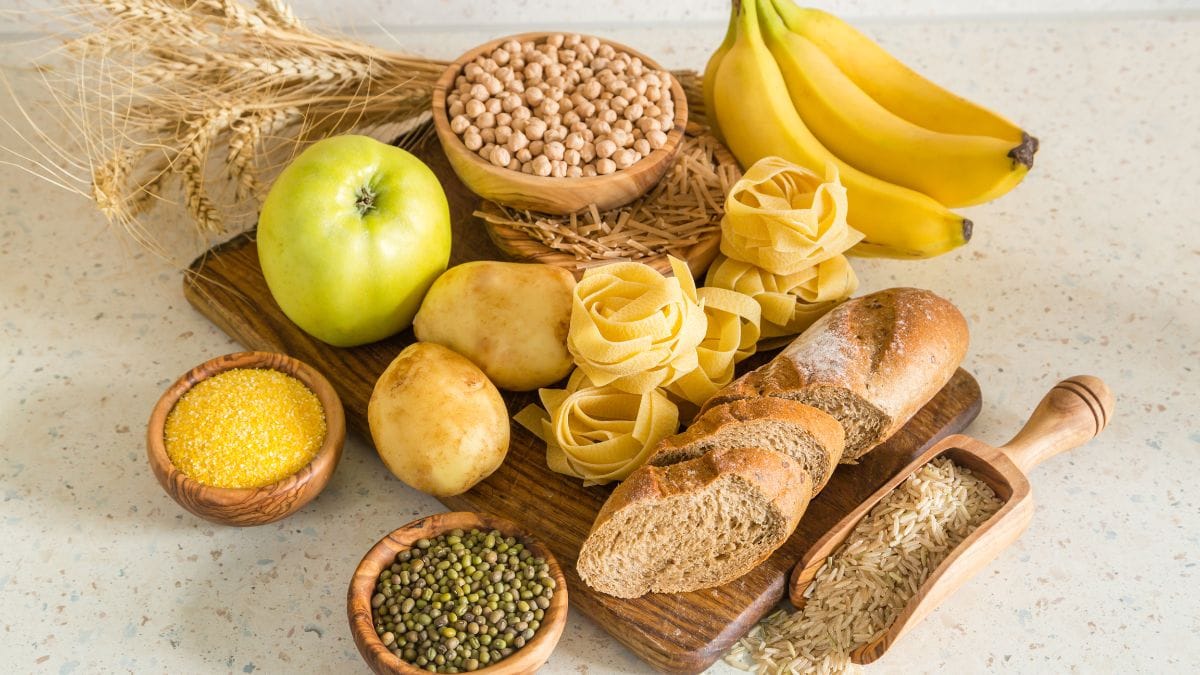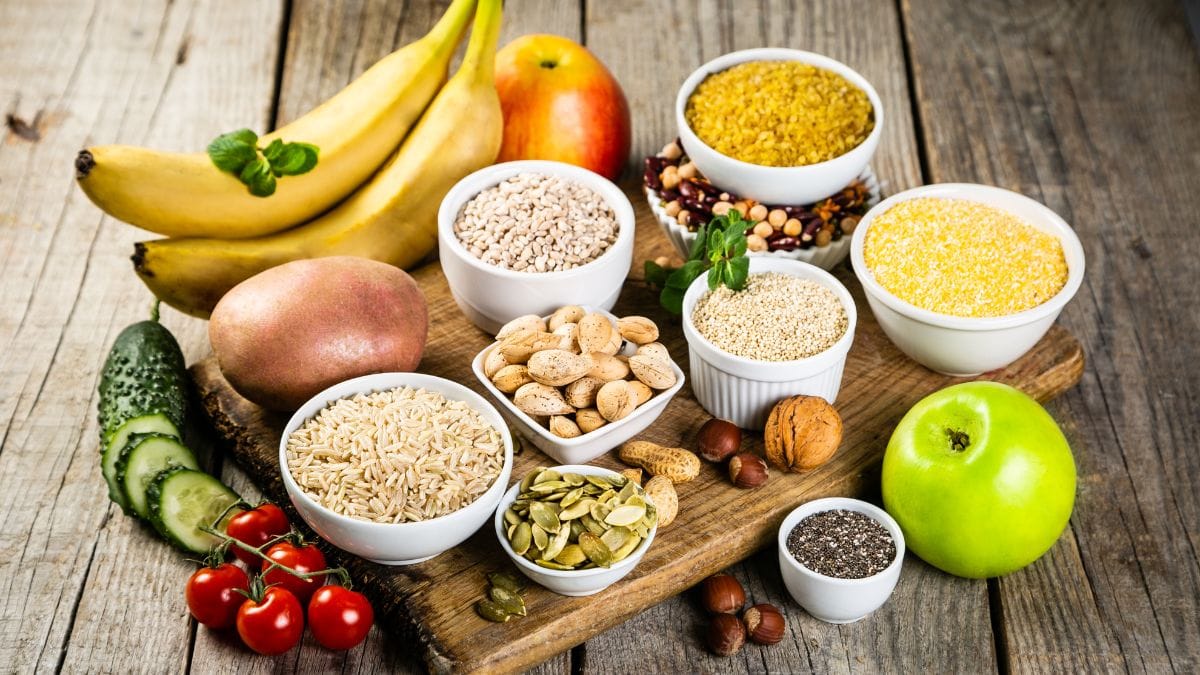Short Answer: If you accidentally ate a tulip bulb, you may have some digestive or allergic symptoms, depending on the amount and the part of the bulb you ate.
Tulip bulbs are the underground storage organs of tulip plants, which are flowering plants in the lily family.
Tulip bulbs can be eaten, but they are not commonly consumed as food.
If you accidentally eat a tulip bulb, you may experience some mild to moderate symptoms, such as nausea, vomiting, diarrhea, abdominal pain, or dizziness.
This is because tulip bulbs contain a chemical called tulipalin, which is a type of glycoside that can irritate the digestive system and the skin.
Tulipalin is more concentrated in the center of the bulb, which should be removed before eating.
Tulipalin can also cause allergic reactions in some people, such as itching, swelling, or breathing difficulties.
It is quite uncommon to eat tulip bulbs, as they are usually grown for their ornamental flowers.
However, there have been historical cases of people eating tulip bulbs during times of famine, such as the Dutch Hunger Winter of 1944-1945, when food supplies were scarce and tulip bulbs were used as a substitute for potatoes or onions.
Eating tulip bulbs during such times was not a pleasant experience, as the bulbs were bitter, dry, and hard to digest.
You can prevent serious complications from eating tulip bulbs by seeking medical attention if you have severe or persistent symptoms, or if you have signs of an allergic reaction.
To avoid accidental eating of tulip bulbs, you should store them separately from your edible bulbs, such as onions or garlic, and label them clearly.
You should also wash your hands after handling tulip bulbs, as the tulipalin can cause skin irritation or dermatitis.
Finally, remember, tulip bulbs are not a regular food item, and they should be eaten with caution and proper preparation.
Tulip bulbs are best enjoyed as beautiful flowers, not as a meal.



